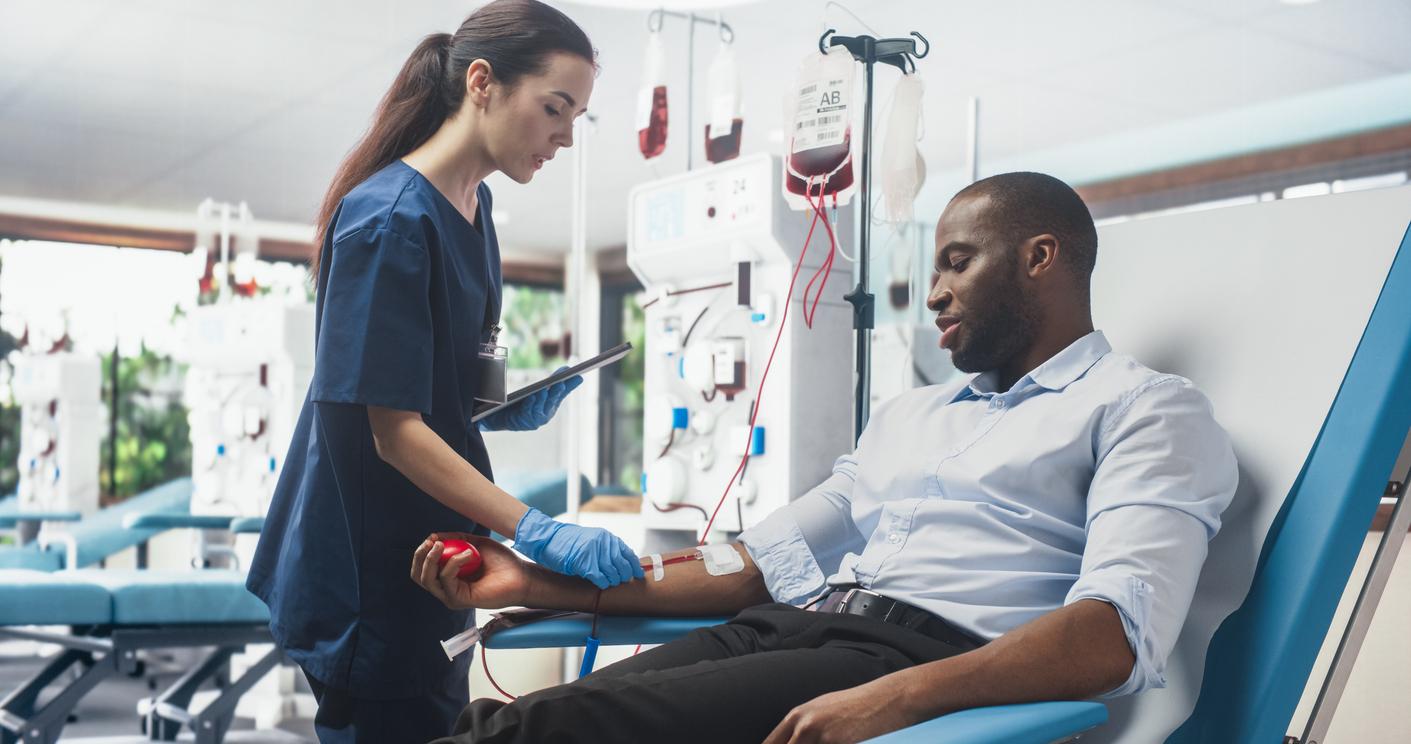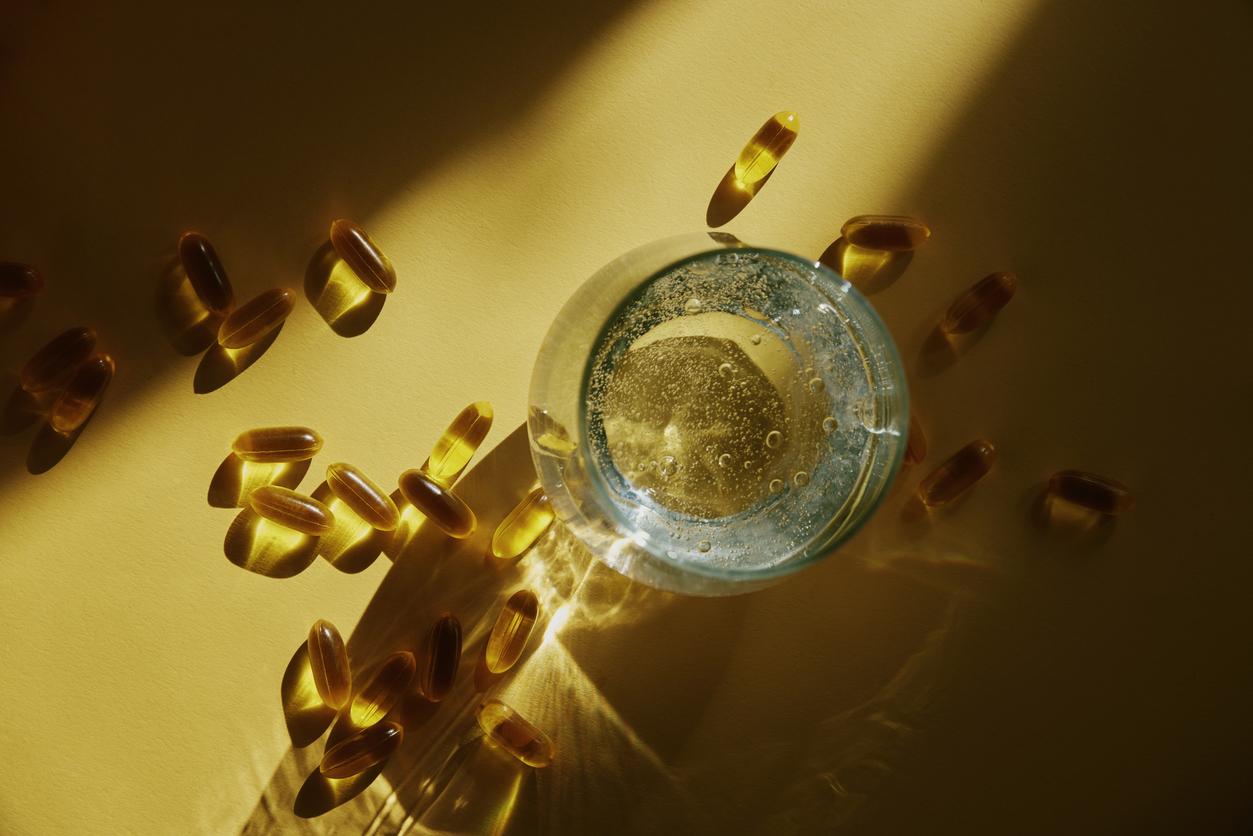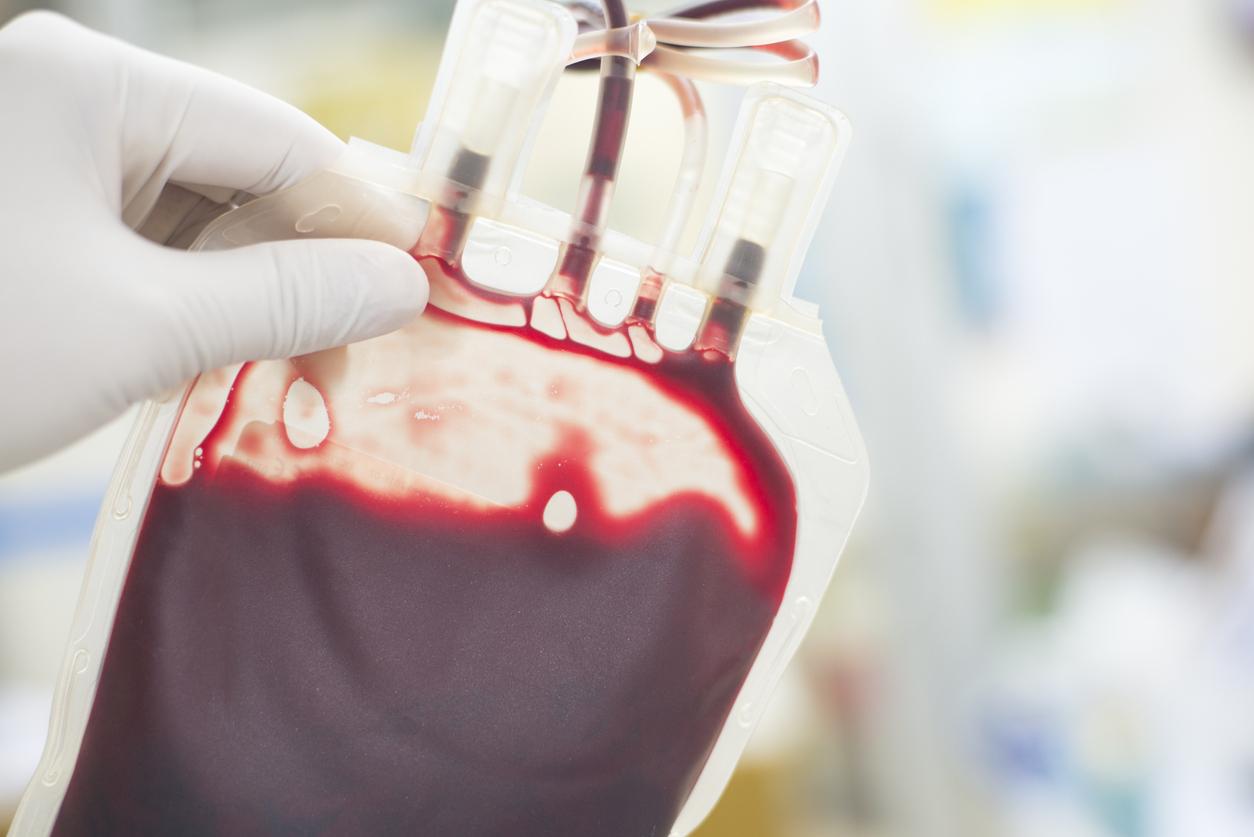- What is iron and what is its role in the body?
- What are our iron needs?
- What are the risks of iron deficiency?
- Why is iron essential during pregnancy?
- What foods are richest in iron?
- What drink to take when you lack iron?
What is iron and what is its role in the body?
Iron is a vital chemical element for the human body. It is one of the components of thehemoglobina protein in the blood that transports oxygen to the organs. It thus indirectly ensures the transport and storage of oxygen in the blood and in the muscles. Moreover, iron is also necessary for the synthesis of myoglobin, another protein involved in the storage and release of oxygen in the muscles.
Besides its role in oxygen transport, iron is also involved in the cellular energy production. It is an essential cofactor for many enzymes involved in energy metabolism, particularly in the mitochondrial respiratory chain. Iron also participates in the DNA synthesis, the molecule responsible for the transmission of genetic information. It is necessary for the activity of enzymes involved in DNA replication, thus enabling cell division and growth.
In addition, iron is involved in the normal functioning of the immune system. It plays a role in the activation of immune cells and the defense against infections. Finally, he participates in the production of certain hormones and neurotransmittersthus contributing to the proper functioning of the nervous system.
That’s why it’s important to maintain an adequate balance of iron in the body, through our diet – especially for women of childbearing age.
What are our iron needs?
Iron requirements vary according to age and gender. In children from 3 to 17 years old, the nutritional references vary from 4 to 11 mg/day. In healthy adults, the recommended nutrient intakes have been estimated at:
- 11 mg/day for men;
- 11 mg/day for women with light to moderate menstrual losses and postmenopausal women;
- 16 mg/d for women with high menstrual losses, as well as for pregnant and breastfeeding women.
However, if adult men have sufficient intakes (about 14.7 mg/d, on average)the INCA 2 study conducted by ANSES shows that this is not necessarily the case for adult women (11.6 mg/d), even though they are the ones who need it the most, especially before, during and after pregnancy.
What are the risks of iron deficiency?
A lack of iron can be the cause of various ailments such as fatigue, malaise, shortness of breath, paleness And headachewhich can go in the most serious cases up to anemiairon deficient – or iron deficiency. This is authenticated by a blood test which measures the level of ferritin in the blood, the protein which allows the storage of iron. Anemia is characterized by a decrease in the number of red blood cells or an insufficient amount of hemoglobin in the blood, which leads to a decrease in the transport of oxygen to the tissues.
Iron deficiency can also have other health consequences:
- impaired cognitive functions: concentration problems, reduced learning ability, memory problems, reduced cognitive performance;
- weakening of the immune system (and therefore, increased risk of infections and diseases);
- chronic fatigue;
- muscular weakness ;
- growth problems, delayed cognitive development and behavioral problems in children;
- complications during pregnancy: increased risk of prematurity, low birth weight and preeclampsia.
Early detection and treatment of iron deficiency is important to prevent long-term complications. If you have symptoms of anemia or think you are at risk of iron deficiency, it is recommended that you consult a healthcare professional for an accurate diagnosis and appropriate advice. A doctor can perform blood tests to assess your iron levels and recommend corrective measures, such as iron supplements and dietary changes.
Note: The foods rich in vitamin C help in the absorption of vegetable iron and, conversely, compounds in tea hinder this process.
Why is iron essential during pregnancy?
A pregnancy induces an increase in blood mass in order to increase the oxygen supply for the fetus. In addition, iron is necessary for the formation and proper development of the placenta and at the fetal growth. The iron needs of the future mother therefore increase considerably, which also increases her risk of anemia – and therefore complications such as preeclampsis (an increase in blood pressure during pregnancy) or postpartum infection.
It is therefore easy to understand that the nutritional recommendations for iron are more important for pregnant women: 16mg/d, against 11 to 13 mg/d for the adult population, according to ANSES. It is recommended to follow medical advice and take prenatal iron supplements, in addition to eating a balanced diet including sources of iron such as meat, legumes, whole grains and leafy green vegetables. Regular monitoring of iron levels and appropriate medical follow-up are important to ensure a healthy pregnancy and prevent complications related to iron deficiency.
What foods are richest in iron?
In our food, iron is present in two forms:
- heme irononly in foods of animal origin;
- non-heme ironpresent in most foods (of animal or plant origin).
Food sources of iron include:
- red meats (beef, lamb, veal);
- poultry (chicken, turkey);
- fish and seafood (sardines, anchovies, mussels, oysters);
- legumes (lentils, kidney beans, chickpeas, split peas, soy);
- whole grains (quinoa, buckwheat, whole wheat, oats);
- green leafy vegetables (spinach, Swiss chard, kale);
- Certain dried fruits (dried apricots, prunes, raisins).
If iron is found in many foods, it is not assimilated in the same way by the body. Indeed, meat products (red and white meat, offal, charcuterie) are the best sources of iron easily assimilated by the body. On the other hand, the iron contained in plants (such as lentils, chickpeas or spinach) and dairy products is, on average, 2.5 times less easily assimilated. To optimize the absorption of non-heme iron, it is recommended to consume foods rich in vitamin C, such as citrus fruits, peppers and kiwi fruit, in combination with vegetable sources of iron. While the simultaneous consumption of tea, coffee or dairy products can decrease the absorption of iron.
In the slideshow at the top of this article, you will find a list of the foods richest in iron, taken from the food composition table of the National Food Safety Agency (Anses).
What drink to take when you lack iron?
Iron-rich drinks are drinks made from foods that contain iron (spirulina, linseedsome green vegetables), they will bring you plant-based iron. To benefit from it, you can prepare juices mixing different iron rich foodsFor example : beets, carrots And lemonor parsley, cucumber and lemon. You can take them in the morning for breakfast, 2 or 3 times a week.
Good to know:tea and coffee can interfere with iron absorption whether they are drunk with the same meal or just after. Tea and coffee via flavonoidsthey contain, will have an inhibiting effect on non-heme iron. To avoid this inconvenience, drink your tea or coffee at least one hour before or after meals.
Sources:










































